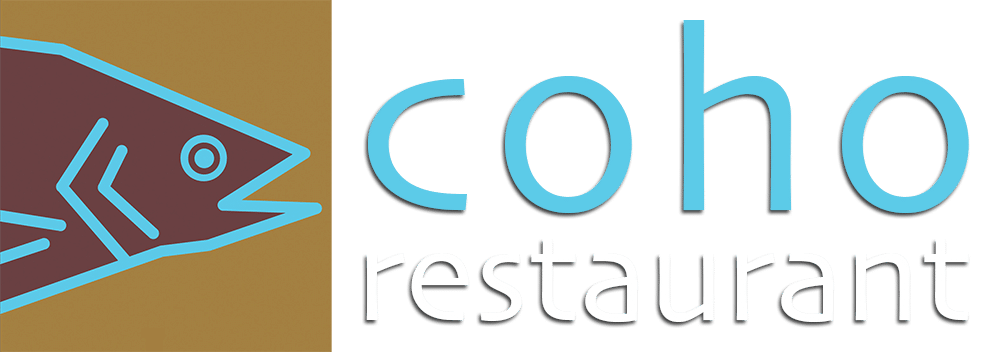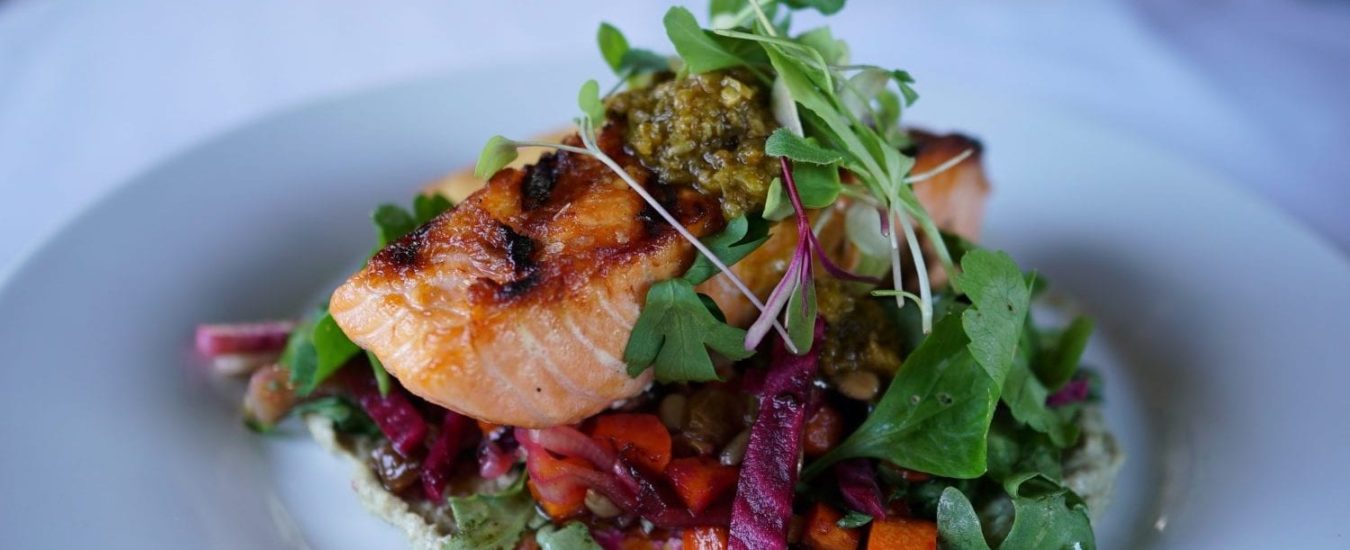Our Neighborhood Cetacean Life
The San Juan Islands often make the news as a bucket-list destination. This summer, a mother’s grief resonated throughout the world drawing attention to ourisland community and the 75 remaining members of the Southern Resident Killer Whales (SRKW) that call San Juan Island home.  The headlines focused on Tahlequah (J-35), a young orca whale mother. She had just given birth to her second baby who died shortly thereafter. In her plight of grief she carried her dead calf for 17 days, swimming more than 1,000 miles up and down the island’s coast before finally releasing the body to the sea.
The headlines focused on Tahlequah (J-35), a young orca whale mother. She had just given birth to her second baby who died shortly thereafter. In her plight of grief she carried her dead calf for 17 days, swimming more than 1,000 miles up and down the island’s coast before finally releasing the body to the sea.
The gravity of her grief and the gut wrenching photos, day-in and day-out of this were palpable. Each day everyone asked if she was still carrying the baby. For 3 weeks, Tahlequah became the number one topic on everyone’s mind. A mother’s bond with her newborn runs deep. It was an easy connection for us all. Mothers and families all over the world connected with this young female orca whale.
The SRKW are on the endangered species list. Since moving to San Juan Island in 2005, I have watched the SRKW population dwindle from 89 to 75 animals, close to the lowest population seen since the 42-year history of the orca census. 75 percent of newly born babies in the last twenty years have died and 100% in the last three years. These are staggering statistics.
The Salmon Solution
How to save the Orcas is a politically polarizing and multifaceted problem that requires a comprehensive solution. Everyone concerned with this issue agrees that the number one cause of the orcas demise is lack of salmon. Chinook or king salmon is the mainstay of their diet, as this particular species of Orcas does not eat seals – whose population is booming. Therefore, the salmon are becoming more and more scarce in the waters of the Puget Sound where our resident Orcas frequent.
 So I started thinking more about the resident orcas and how we could help. As I reflected, I found a lot of parallels to other places in the world where I’ve lived and traveled. When visiting other communities, I quickly learned that you abide by the local rules and customs, more importantly doing the right thing for the health of the environment. Many of these “rules” are community-enforced while others are governmental.
So I started thinking more about the resident orcas and how we could help. As I reflected, I found a lot of parallels to other places in the world where I’ve lived and traveled. When visiting other communities, I quickly learned that you abide by the local rules and customs, more importantly doing the right thing for the health of the environment. Many of these “rules” are community-enforced while others are governmental.
In Grand Cayman, we didn’t eat grouper or frequent restaurants that had grouper on the menu; in Belize, we hunted and ate Lion Fish to help decrease the population of this non-indigenous species that was devastating the health of the reefs. When we lived in Maryland, we observed a 6 year ban on fishing and eating striped bass (rockfish) due to overfishing.
So our situation here on San Juan Island is no different and very similar to those of other communities. We are required by our conscious to do the right thing. Chef carefully curates and sources all the ingredients for Coho Restaurant’s menu. We abide by the Seafood Watch restaurant guidelines. Each of our team members at Coho Restaurant are deeply concerned about the health of our oceans and our impact on the environment.
What We Can Do
As we were contemplating this decision, Chef suggested I read Four Fish: The Future of the Last Wild Food. The four fish that author Paul Greenberg calls out in his book are tuna, salmon, bass, and cod—the four fish that dominate the menus of fancy restaurants and fast food chains and family dinner tables.
We are harvesting more fish every year than are produced. In some cases we have less than 10% of the fish that were there when commercial fishing started. This is obviously not sustainable. The writing is on the wall.
So as of today, September 1st, 2018, Coho Restaurant will not serve salmon on our menu in deference to the overall health of the SRKW. It is the right thing to do.
Our decision for our little Coho Restaurant, in Friday Harbor. with 9 tables won’t make a huge impact on the salmon population or whether a whale lives or dies. It will however send an important message to our patrons, neighbors, colleagues and politicians for what we stand for. We hope that this will cause other restaurateurs in our community to take a pregnant pause and follow suite and examine what they are souring and aligned themselves with us.
 Sustainable “Catch of the Day”
Sustainable “Catch of the Day”
Despite no salmon on Coho Restaurant’s menu, there will be plenty of other satiating options to enjoy when you join us for dinner. Chef has a local catch of the day and other entrees sourced from the land that reflect Coho Restaurant’s commitment to locally sourced sustainable ingredients. Our fresh seasonal catch of the day is currently showcasing Salish Sea halibut, caught in our local waters. This unctuous halibut feeds on spot prawns and Dungeness crab making it an amazingly alternative to Alaskan sourced halibut.
We look forward to having you joining us for dinner.
Written by: Anna Maria de Freitas: Owner of Coho Restaurant, SSI and NAUI Advanced Scuba Diving Instructor
On a personal note…As an avid scuba diver, the oceans are deeply important to me. It is a magical and beautiful place where I love to recreate. I spend countless hours each year underwater blowing bubbles, connecting with large pelagics – whales, sharks, manta rays, and whale sharks. I want to ensure their survival not just in our local community but across the globe for generations to come.
Post Script:
The title of this article is called “No More Coho at Coho”. Coho Restaurant was a name that our creative team came up with when we took over operation of the restaurant in 2008. While the name describes a species of salmon, it had nothing to do with us being a seafood restaurant, but a way of rebranding from the previous restaurant that occupied our space. At our infancy, we had no idea of what type of restaurant we would become. We didn’t want our name to imply a particular type of food service so we refrained adding bistro, trattoria, or café to our name. This way there no expectations regarding the type of food that we were serving. This more generic name gives the chef du cuisine the ultimate creative latitude with the menu.


